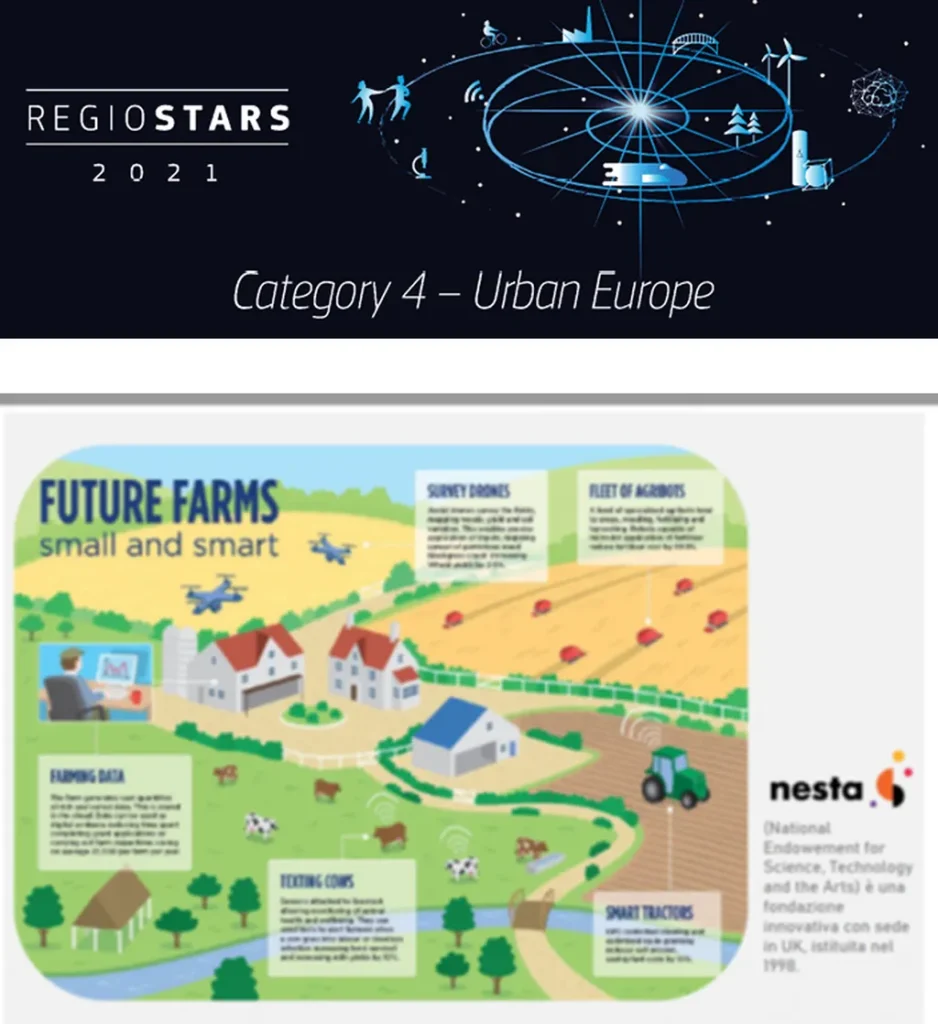In the heart of Italy, researchers are pioneering a revolution in agriculture that could ripple across the energy sector, transforming how we monitor and respond to environmental changes. Christa M. Al Kalaany, a lead researcher at The Mediterranean Agronomic Institute, CIHEAM Bari, has been delving into the potential of low-cost IoT-enabled agrometeorological stations, and her findings could reshape climate-smart farming and beyond.
Al Kalaany’s systematic review, published in the journal ‘Sensors’ (translated to English), scrutinizes the hardware and software components of these innovative weather stations, comparing them to conventional counterparts. The focus is on their potential to bolster climate resilience and facilitate data-driven decision-making, particularly in resource-constrained environments.
The research highlights the widespread adoption of ESP32 microcontrollers, favored for their affordability and modularity. “The ESP32’s versatility makes it a game-changer,” Al Kalaany explains. “It allows for easy integration of various sensors and communication protocols, tailoring the stations to specific agricultural needs.”
Communication protocols like LoRa and Wi-Fi are gaining traction due to their balance of range, power efficiency, and scalability. These protocols enable real-time environmental monitoring, supporting climate-smart irrigation, disease risk modeling, and microclimate management. The implications for the energy sector are significant, as precise weather data can optimize energy production and distribution, particularly for renewable energy sources.
The review underscores the importance of usability and adaptability through modular hardware and open-source platforms. Scalability is demonstrated through community-level and multi-station deployments, making these stations a viable option for large-scale agricultural and energy projects.
However, challenges persist. Sensor calibration, data interoperability, and long-term field validation remain areas of concern. Al Kalaany notes, “While the potential is immense, we must address these challenges to ensure the reliability and functionality of IoT-enabled agrometeorological systems.”
Looking ahead, the integration of edge computing, adaptive analytics, and standardization protocols could further enhance these systems. As Al Kalaany’s research suggests, the future of environmental monitoring lies in the fusion of technology and data-driven strategies, paving the way for a more resilient and efficient agricultural and energy landscape.
In the realm of agrometeorological stations, IoT is not just a buzzword; it’s a catalyst for change. And with researchers like Al Kalaany at the helm, the journey towards climate-smart farming and energy optimization is well underway.

